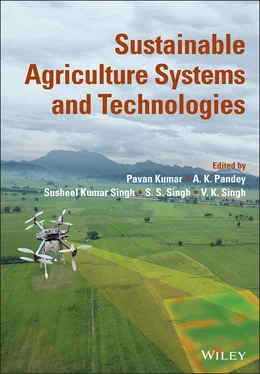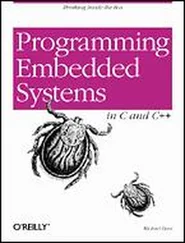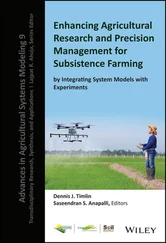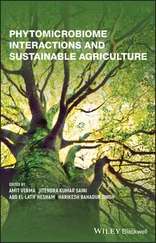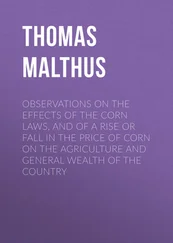Sustainable Agriculture Systems and Technologies
Здесь есть возможность читать онлайн «Sustainable Agriculture Systems and Technologies» — ознакомительный отрывок электронной книги совершенно бесплатно, а после прочтения отрывка купить полную версию. В некоторых случаях можно слушать аудио, скачать через торрент в формате fb2 и присутствует краткое содержание. Жанр: unrecognised, на английском языке. Описание произведения, (предисловие) а так же отзывы посетителей доступны на портале библиотеки ЛибКат.
- Название:Sustainable Agriculture Systems and Technologies
- Автор:
- Жанр:
- Год:неизвестен
- ISBN:нет данных
- Рейтинг книги:5 / 5. Голосов: 1
-
Избранное:Добавить в избранное
- Отзывы:
-
Ваша оценка:
- 100
- 1
- 2
- 3
- 4
- 5
Sustainable Agriculture Systems and Technologies: краткое содержание, описание и аннотация
Предлагаем к чтению аннотацию, описание, краткое содержание или предисловие (зависит от того, что написал сам автор книги «Sustainable Agriculture Systems and Technologies»). Если вы не нашли необходимую информацию о книге — напишите в комментариях, мы постараемся отыскать её.
A robust treatment of traditional and new techniques in sustainable agriculture Sustainable Agriculture Systems and Technologies,
Sustainable Agriculture Systems and Technologies
Sustainable Agriculture Systems and Technologies — читать онлайн ознакомительный отрывок
Ниже представлен текст книги, разбитый по страницам. Система сохранения места последней прочитанной страницы, позволяет с удобством читать онлайн бесплатно книгу «Sustainable Agriculture Systems and Technologies», без необходимости каждый раз заново искать на чём Вы остановились. Поставьте закладку, и сможете в любой момент перейти на страницу, на которой закончили чтение.
Интервал:
Закладка:
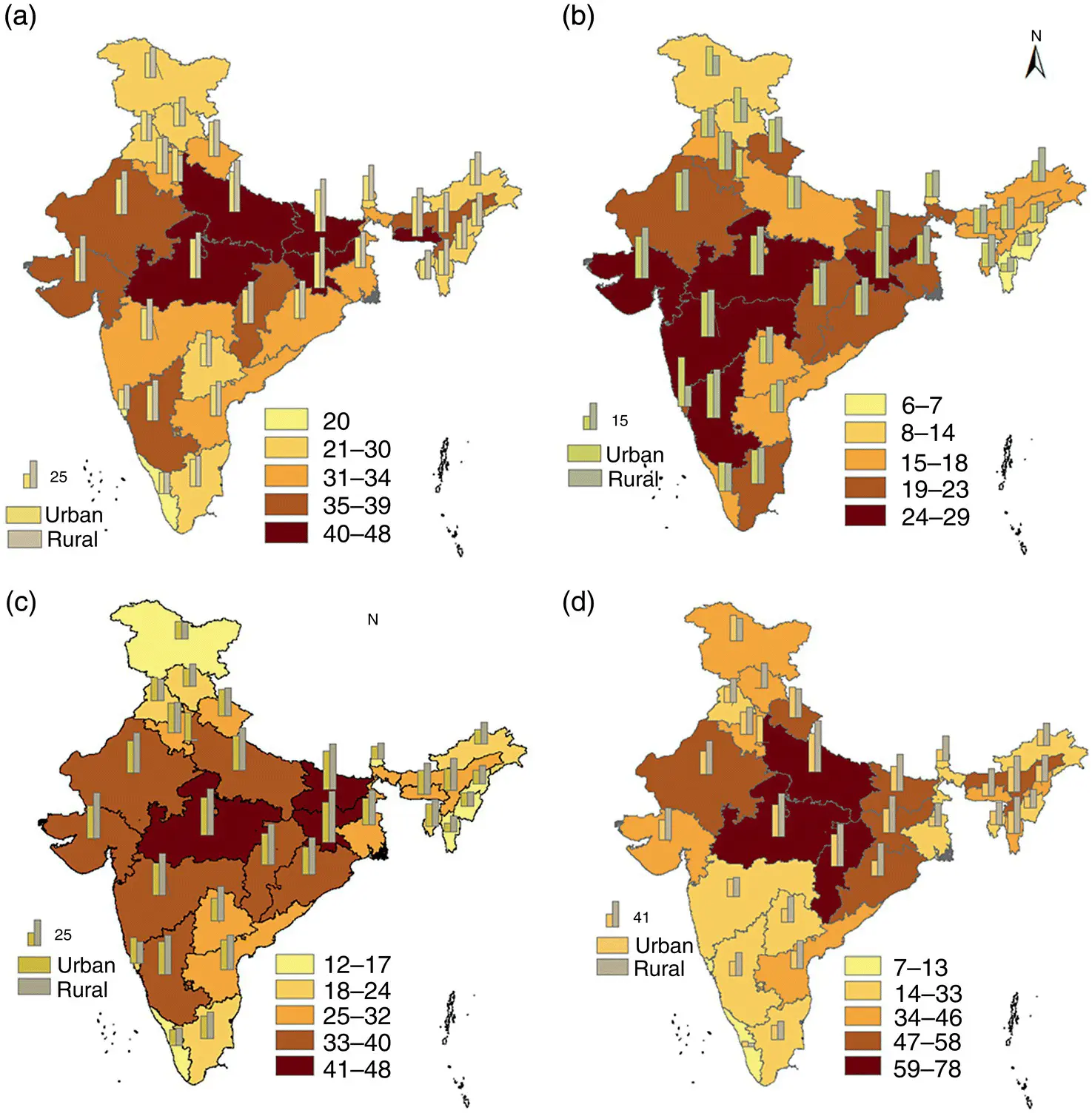
Figure 1.2 Status of undernutrition in India. (a) Prevalence of stunted children. (b) Prevalence of child wasting. (c) Prevalence of underweight children. (d) Under‐five mortality rate.
Source : Based on NFHS 2015–16 .
( See insert for color representation of the figure .)
1.3.1 Trends Over Time
The performance of the states over two National Family Health Survey (NFHS) reveals that the situation has improved over the years in most of the cases ( Figure 1.3). NFHS 3 conducted in 2005–2006 and NFHS 4 conducted in 2015–2016 although not strictly comparable, have substantial results to show. The reduction in percentage of children who are stunted was highest in Arunachal Pradesh (32%), Tripura was followed by Himachal Pradesh and Punjab. It is noteworthy that Tripura, Himachal Pradesh, and Punjab are among the top five states with the least percentage of stunted children. While Uttar Pradesh, Madhya Pradesh, and Jharkhand could not make substantial efforts to reduce the stunted children percentage and remain at the top five states with the highest percentage of stunted children. In case of child wasting, the results have been striking. Meghalaya, Mizoram, and Tripura have shown the highest level of reduction in percentage of population wasted, while increase in child wasting has been observed in Orissa, Haryana, Andhra Pradesh, Chhattisgarh, West Bengal, Uttar Pradesh, Assam, Gujarat Sikkim, Karnataka, Maharashtra, Goa, and Punjab with highest increase in the percentage. Madhya Pradesh has reduced by 26% indicating efforts done by the government. Despite this fact Madhya Pradesh, Jharkhand, Gujarat, Karnataka, and Maharashtra have higher percentage than the national average. Child underweight situation means weight‐to‐age situation Mizoram has reduced by 39% and is the state with the least percentage of underweight children. Under‐five infant mortality again is highest in Madhya Pradesh, Jharkhand although Madhya Pradesh has reduced it by 30% but the highest decrease of 62% was witnessed in Arunachal Pradesh.
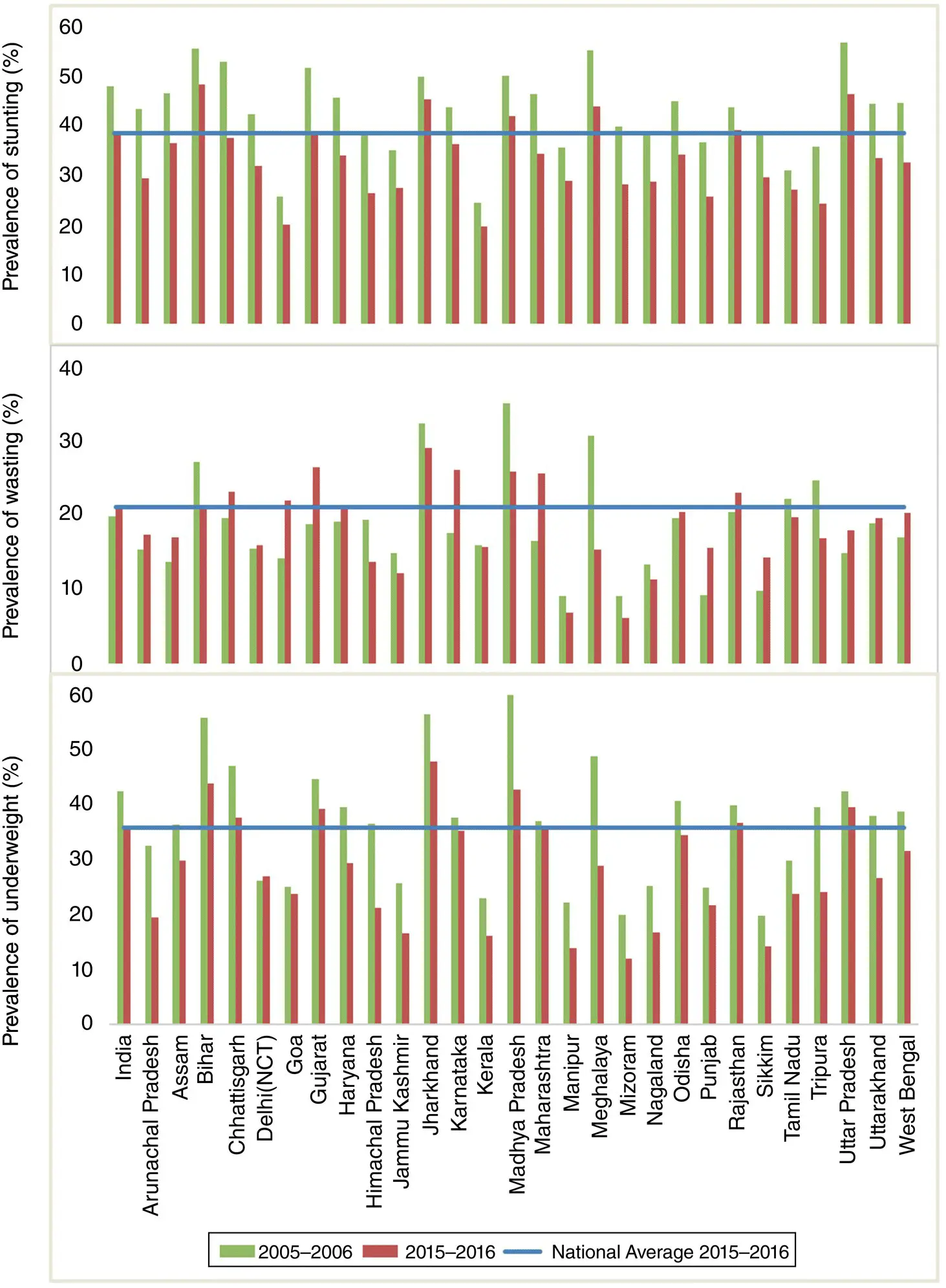
Figure 1.3 Trend of undernutrition over time in India 2005–2006 vs 2015–2016.
Average Annual Rate of Reduction – It is the average relative percentage decrease per year in prevalence or rate (WHO). A positive sign indicated reduction in the prevalence and negative sign indicates increase in the prevalence. It is calculated by the formula:

where Y t + nis the prevalence of the next year, Y tis the prevalence of the given year, and b % is the annual rate of reduction (UNICEF 2015).
The calculation of Average Annual Rate of Return revealed that the AARR of stunting in India is 2.2% which means till 2030 the prevalence will be reduced up to 33% if the situation remains same. This is a positive pace but slower in speed because the target of SDG is to reduce the stunting prevalence by 50% by 2030 from the level of 2012. The AARR of wasting ( Table 1.2) shows that there are states like Arunachal Pradesh, Tripura, Himachal Pradesh, Punjab, Mizoram, Chhattisgarh, West Bengal, and Nagaland which have an AARR of more than 3%. These states will reach around 50% reduction by 2030. But at the same time, states like, Bihar, Tamil Nadu, Madhya Pradesh, Rajasthan, and Jharkhand have AARR lower than 1.5% which brings down the national average and makes reaching the SDG target tough.
In conclusion, we can say that the most vulnerable states in terms of hunger security are Madhya Pradesh, Uttar Pradesh, Jharkhand, and Bihar. The states which have performed well in reducing the prevalence are Tripura and Himachal Pradesh. Both the states have least prevalence of hunger. Giving us a lesson, although centrally sponsored schemes are there, still regional disparity makes the difference. States with higher dependence on agriculture and tribal population have higher level of hunger, indicating unequal income distribution and lack of improvement in influencing factors.
1.3.2 Association with SocioEconomic Indicators
Poverty affects nutrition (Nelson 2000) leading to undernutrition in the poor population. Stunting was the most dominant phenomenon among children under five years. So the percentage of stunting was associated with socioeconomic factors like percentage of population below poverty line, per capita GDP, and growth rate of the state. Undernutrition is a result of poor dietary intake, poor maternal health combined with lack of safe water and sanitation along with poor health services (UNICEF 1998). Undernutrition is responsible for poor mental health (Martins et al. 2011), higher vulnerability to ill health, and a reduced physical work capacity (Non et al. 2016), which is making the workforce inefficient and thus posing a problem in the economic development of nations. Further, under nutrition which is caused by poverty also leads back to undernutrition which again causes poverty and the cycle continues. The marginal propensity to consume is higher for poor people because they spend higher proportion of their income in consumption. Thus, decline in income will hamper the consumption expenditure. Bivariate analysis was done to work out relationship between prevalence of stunting and each economic factor under consideration. The association between the percentage of stunted children and the percentage of the population below poverty line is strong and positive ( Figure 1.4a). This is anticipated because poverty leads to insufficient food intake, less prenatal care, child malnutrition, and unhealthy diet. A few states however deviate from the predicted line. Meghalaya, Rajasthan, and Gujarat are clear negative outliers with a much higher percentage of stunted children as compared to their poverty level. Goa, Kerala, Manipur, and Arunachal Pradesh, on the other hand, are positive deviants, i.e. they have lower percentage of stunting in comparison to the level of poverty. Improved drinking water sources, improved sanitation facility, use of iodized salt, literacy among women, antenatal care, and anemia among children and women also impact the level of undernutrition in India (Ghosh 2020).
Table 1.2 Average Annual Rate of Return of stunting and wasting from 2005–2006 to 2015–2016.
Source : Calculated by author from data obtained from NFHS 4.
| State | AARR in stunting | AARR in wasting |
|---|---|---|
| India | 2.21 | −0.59 |
| Arunachal Pradesh | 3.80 | −1.24 |
| Assam | 2.42 | −2.18 |
| Bihar | 1.40 | 2.61 |
| Chhattisgarh | 3.36 | −1.71 |
| Delhi(NCT) | 2.76 | −0.32 |
| Goa | 2.39 | −4.50 |
| Gujarat | 2.90 | −3.51 |
| Haryana | 2.91 | −1.05 |
| Himachal Pradesh | 3.76 | 3.37 |
| Jammu Kashmir | 2.42 | 1.99 |
| Jharkhand | 0.94 | 1.07 |
| Karnataka | 1.87 | −4.02 |
| Kerala | 2.16 | 0.13 |
| Madhya Pradesh | 1.73 | 3.00 |
| Maharashtra | 2.93 | −4.49 |
| Manipur | 2.06 | 2.76 |
| Meghalaya | 2.27 | 6.73 |
| Mizoram | 3.42 | 3.81 |
| Nagaland | 3.00 | 1.62 |
| Odisha | 2.74 | −0.40 |
| Punjab | 3.50 | −5.42 |
| Rajasthan | 1.11 | −1.21 |
| Sikkim | 2.54 | −3.88 |
| Tamil Nadu | 1.30 | 1.19 |
| Tripura | 3.77 | 3.74 |
| Uttar Pradesh | 2.02 | −1.92 |
| Uttarakhand | 2.78 | −0.37 |
| West Bengal | 3.12 | −1.85 |
A scatterplot of the percentage of stunting and net state domestic product (NSDP) per capita, with the latter serving as a proxy for each state's per capita income in Figure 1.4b. In this case, the two variables show a negative association, with poorer states having a significantly higher percentage of stunting as compared with more prosperous states. The association though has a number of outliers. For instance, Cluster 1‐ Bihar, Uttar Pradesh, Jharkhand, Meghalaya, Uttar Pradesh, and Madhya Pradesh have much higher level of stunting as expected from states of their income level. While states like Manipur, Mizoram, Tripura, and Jammu Kashmir are positive deviants with much lower percentage of stunting as compared with states with similar income level. These are states with better sanitation, literacy, and care for pregnant women. This indicates that not only income but also other socioeconomic factors might also be major contributors. The association between the percentage of stunting and the rate of economic growth for each state is shown in Figure 1.4c, which shows not much strong relationship between the two variables. Meghalaya with negative growth rate in 2014–2015 has a high level of stunting 42% but so did states like Jharkhand, Bihar, Uttar Pradesh, and Madhya Pradesh with much higher growth rate as compared to Meghalaya. Goa and Mizoram have a much higher growth rate but the percentage of stunting is not low in these states. This gives a conclusion that growth rate of a state is weakly associated with states prevalence of malnutrition. Thus, it can be concluded that despite economic progress, India has to struggle to combat malnutrition that adversely affects the country's socioeconomic progress. This is not due to food scarcity but due to the lack of equitable distribution of the available food. Food security depends not only on crop production, but also on the policies that affect food systems, from farm to table (World Food Conference 1974). To improve the diet consumption of whole population, when there is an increasing growth rate and unbalanced growth of working sectors, injecting money is not the solution. There are other challenges like inequitable distribution of income, lack of awareness and access to healthy food, climate change, slowdown of economy, and lower income levels that threaten the hunger of the countrymen.
Читать дальшеИнтервал:
Закладка:
Похожие книги на «Sustainable Agriculture Systems and Technologies»
Представляем Вашему вниманию похожие книги на «Sustainable Agriculture Systems and Technologies» списком для выбора. Мы отобрали схожую по названию и смыслу литературу в надежде предоставить читателям больше вариантов отыскать новые, интересные, ещё непрочитанные произведения.
Обсуждение, отзывы о книге «Sustainable Agriculture Systems and Technologies» и просто собственные мнения читателей. Оставьте ваши комментарии, напишите, что Вы думаете о произведении, его смысле или главных героях. Укажите что конкретно понравилось, а что нет, и почему Вы так считаете.
